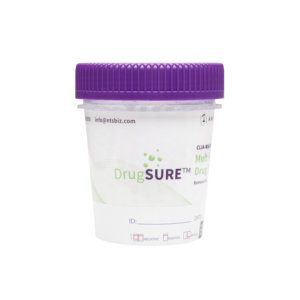Propoxyphene
PPX
What is PPX?
Propoxyphene (PPX) is an opioid pain reliever used to treat mild to moderate pain. In January 2009, an FDA advisory committee voted 14 to 12 against the continued marketing of propoxyphene products, based on its weak pain-killing abilities, addictiveness, association with drug deaths and possible heart problems. A subsequent re-evaluation resulted in a July 2009 recommendation to strengthen the boxed warning for propoxyphene to reflect the risk of overdose. Dextropropoxyphene subsequently carried a black box warning in the U.S., stating:
Propoxyphene should be used with extreme caution, if at all, in patients who have a history of substance/drug/alcohol abuse, depression with suicidal tendency, or who already take medications that cause drowsiness (e.g., antidepressants, muscle relaxants, pain relievers, sedatives, tranquilizers). Fatalities have occurred in such patients when propoxyphene was misused. Because of potential for side effects, this drug is on the list for high-risk medications in the elderly. On November 19, 2010, the FDA requested manufacturers withdraw propoxyphene from the US market, citing heart arrhythmia in patients who took the drug at typical doses. Tramadol, which lacks the cardiotoxicity, has been recommended instead of propoxyphene, as it is also indicated for mild to moderate pain, and is less likely to be misused or cause addiction than other opioids.
Cut-Off Levels (ng/mL)
300 ng/mL (Urine)
2 Hrs. – 4 Days (Urine)
How is it Used?
PPX has been prescribed, usually in pill form, to treat mild to moderate pain. Since 2009 products containing PPX have been removed from US markets because of the it’s in effectiveness as a pain reliever and the harmful, and sometimes, fatal side effects, along with the high chance of abuse and misuse.
What are the Effects?
PPX can produce similar euphoric effects much like opioids which has led to the misuse and abuse of the drug. It is ineffective and treating and relieving pain leading to a high-risk for dependency and addiction. It can have adverse effects such and heart complications such as arrhythmia as well as drowsiness, shallow breathing, and altered behavior, especially in patients with history of depression and substance abuse. The effects of PPX can be heightened when mixed with other medications.
Common Symptoms
-
shallow breathing
-
slow heartbeat
-
feeling light-headed
-
fainting
-
confusion
-
hallucinations
-
unusual thoughts or behavior
-
seizure (convulsions)
-
jaundice (yellowing of the skin or eyes).
-
feeling dizzy or drowsy
-
nausea
-
vomiting
-
stomach pain
-
constipation
-
headache
-
muscle pain
-
blurred vision
-
mild skin rash.
Common Brand Names
- Darvon
- Darvocet
What does it Look Like?
PPX usually comes in the form of a pill or capsule varying in colors, such as red, orange and green.
Legal Status
Schedule II & Schedule IV (when in dosage form)
Testing Options
- Integrated Urine Test Cup

Contact us
Call Us
Email Us
Our Location
Boca Raton, FL 33487
